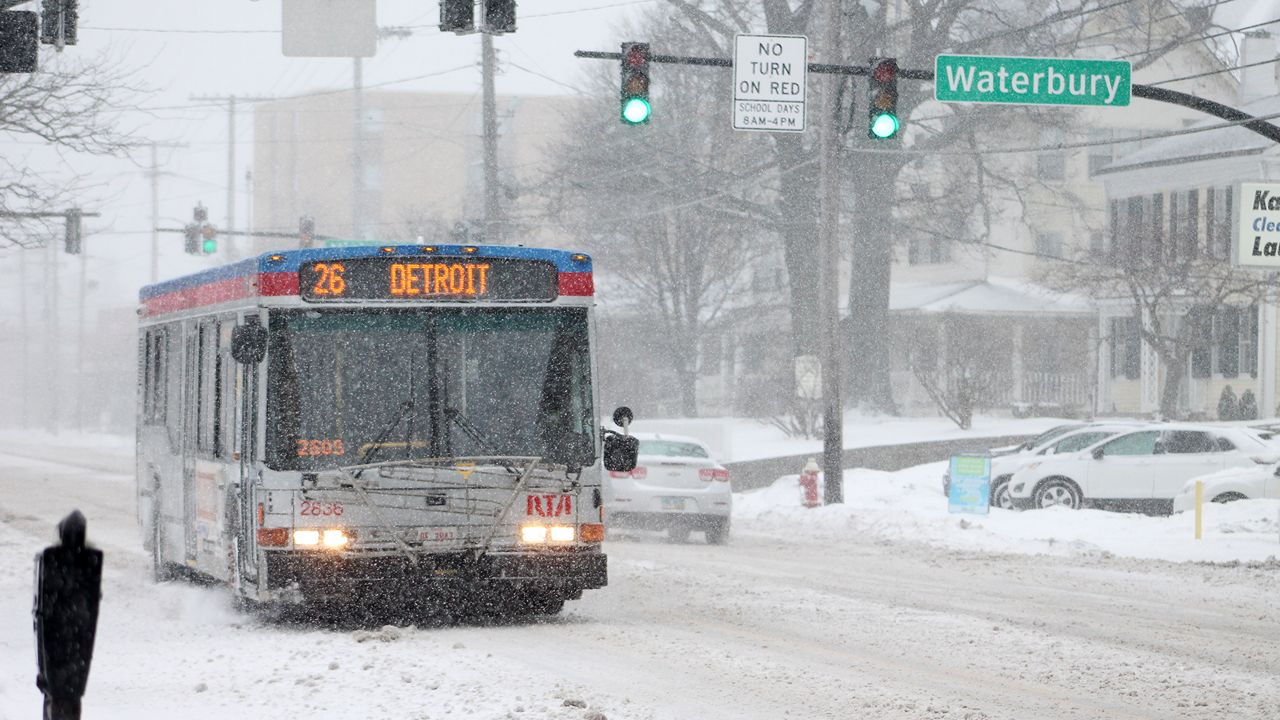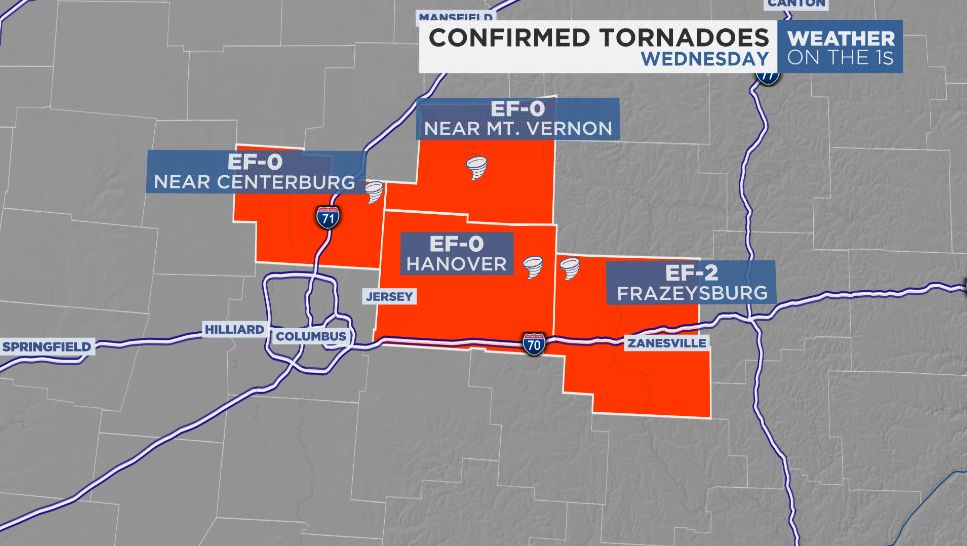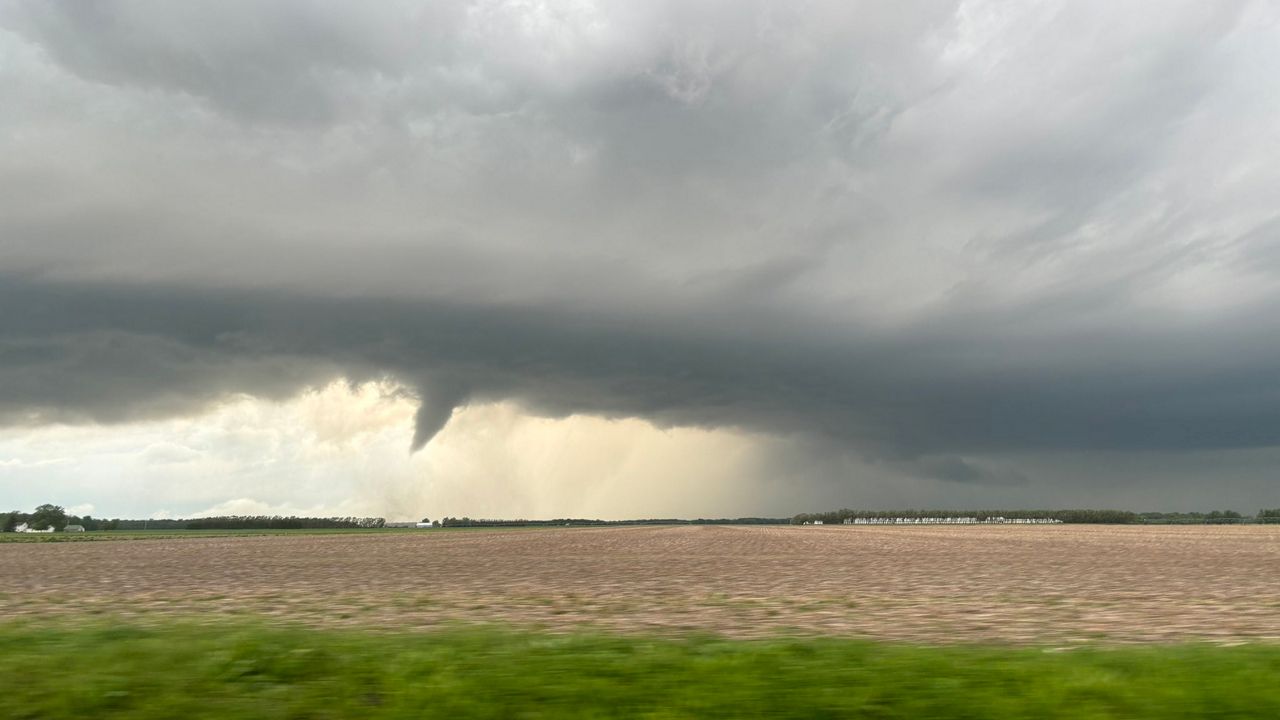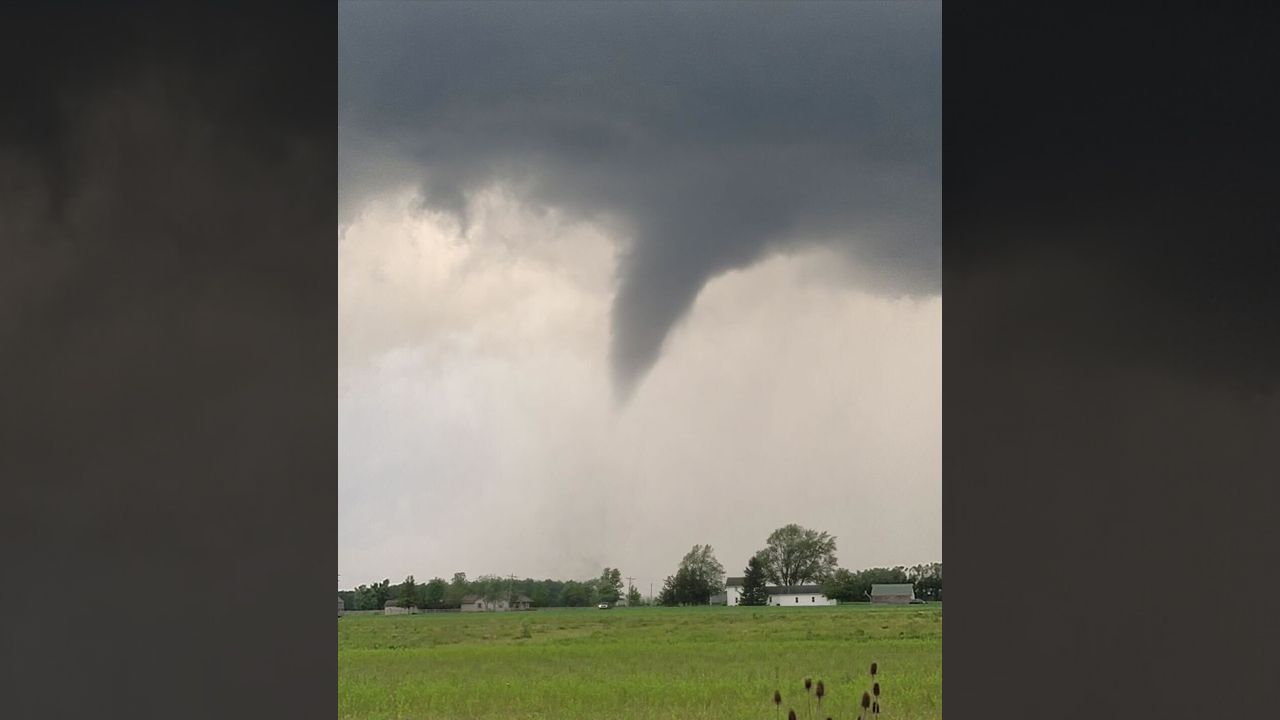CLEVELAND — Winter is coming, maybe quicker than what most people want. The Ohio Department of Transportation has already begun preparations to ensure the safety of Ohioans this winter.
ODOT is conducting safety checks on all of its snowplows and other equipments, building up is seasonal driving staff and loading up on salt supplies.
Usually, Ohio's first measurable snowfall comes in early November for the northern half of the state, and late November for the other half.
“Maintaining Ohio’s highways is a year-round job for ODOT, and it’s never too early for crews to start thinking about winter travel,” said Gov. Mike DeWine in a press release. “It takes a great deal of planning and coordination before the snow falls to help ensure that roads stay clear during and after each storm.”
ODOT has around 3,000 drivers that usually cover 12-hour shifts when snow or ice hits. Many of them are full time, but 500 drivers are there for the season. ODOT also utilizes auxiliary drivers, who are full-time employees that assist in other tasks and plow snow when needed.
At the end of a snow event, the goal is to have primary routes up to speed within two hours and secondary routes within four hours. This goal was hit 98% of the time last year, according to ODOT.
“When people think of ODOT, one of the first things that comes to mind is snow and ice operations. From the mechanics to the snowplow drivers, our crews are second to none,” said ODOT Director Jack Marchbanks in a press release.
ODOT said it's prepared, having more than 776,000 tons of salt ready to go. Last year, crews used around 414,000 tons of salt and more than 11 million gallons of liquid deicers.
Last year, 26 plow trucks were struck, which is down from 61 plows the previous year. ODOT urges Ohioans to allow room for the plows to do their work to help clear routes as quickly as possible.








